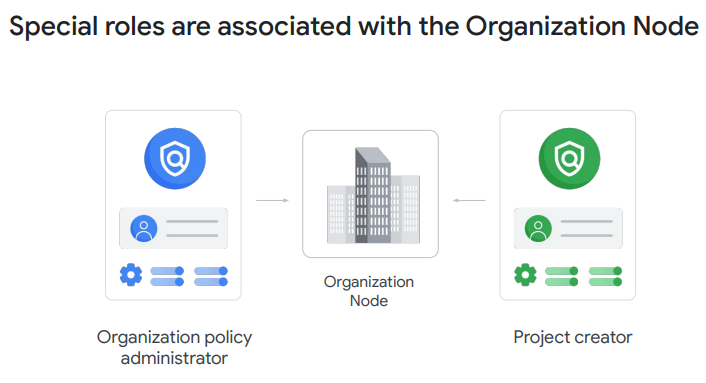It’s important to understand this resource hierarchy, as it directly relates to how policies are managed and applied when using Google Cloud. Policies can be defined at the project, folder, and organization node levels. Some Google Cloud services allow policies to be applied to individual resources, too. Policies are also inherited downward. This means that if you apply a policy to a folder, it will also apply to all of the projects within that folder
Each Google Cloud project has three identifying attributes: a project ID, a project name, and a project number.
● The project ID is a globally unique identifier assigned by Google that cannot be changed–they are immutable–after creation. Project IDs are used in different contexts to inform Google Cloud of the exact project to work with.
● The project names, however, are user-created. They don’t have to be unique and they can be changed at any time, so they are not immutable.
● Google Cloud also assigns each project a unique project number. It’s helpful to know that these Google-generated numbers exist, but we won’t explore them much in this course. They are mainly used internally, by Google Cloud, to keep track of resources.
The third level of the Google Cloud resource hierarchy is folders.
Folders let you assign policies to resources at a level of granularity you choose. The projects and subfolders in a folder contain resources that inherit policies and permissions assigned to that folder.
A folder can contain projects, other folders, or a combination of both.






No comments:
Post a Comment